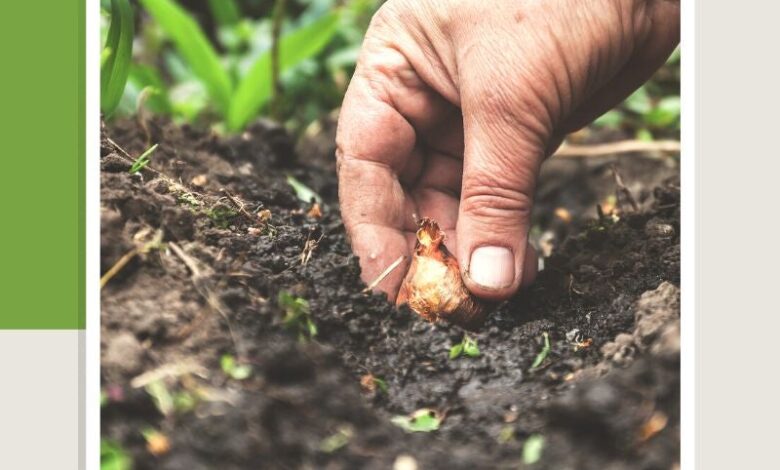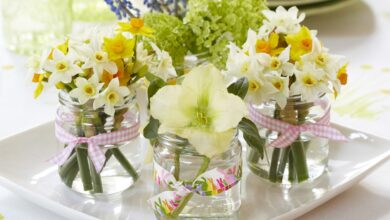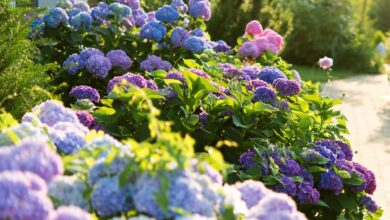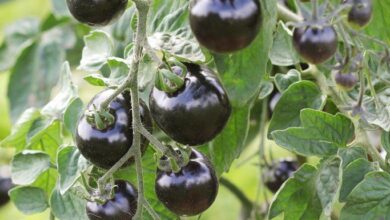
Using The Garden Microclimate To Overwinter Gladiolus Bulbs
[ad_1]
General gardening wisdom says I must dig my gladiolus bulbs in the fall and overwinter them indoors if I want them to survive the winter. I’ve never done that and neither did my mother. Instead, I’ve used the microclimate in my garden to overwinter gladiolus bulbs in the ground.
What is a Microclimate?
The concept of a microclimate is simple. It’s pockets in your garden where environmental conditions are either warmer or cooler than expected. For example, a valley can trap cold air and experience a frost sooner than higher ground. Bricks, rocks, and blacktop can absorb heat from the sun and radiate it into the surrounding ground at night.
Sometimes gardeners can create microclimates. Laying black plastic over the garden in the spring can warm the ground faster. Erecting low tunnels over veggie plants in the fall can trap the heat of the ground and extend the harvest season a little longer.
Sometimes our homes create microclimates that we don’t really think about it. For instance, the ground right next to the foundations of our houses is likely to be warmer than the soil a few feet (around a meter) out. A dark-colored foundation with exposure to the sun will also absorb more heat energy than a light colored one hidden by deciduous foliage.
Add a heat source, like a dryer vent, and there’s a microclimate that is capable of overwintering gladiolus bulbs outside their recommended hardiness zones. My mother knew this, and she passed this knowledge along to me.
Creating a Microclimate for Your Garden
This knowledge is nothing new. In fact, gardeners have been creating microclimates in their gardens for generations – long before the term microclimate became vogue. Back in the day, hot beds and cold frames were popular ways to keep plants warmer than the surrounding environment.
How did these methods work? Simple. A hot bed utilized the heat created from decomposing manure to warm a small glass covered area. My grandfather would procure fresh manure each spring and put it in his hot bed to start his vegetable garden plants. His tomato seedlings would have put the ones I now start in my house to shame.
A cold frame is basically the same, but without the manure. It’s a box built either above or below the ground. It often has a hinged glass lid for easy access. The temperature inside a cold frame is typically five to ten degrees warmer than the ambient. Cold hardy veggies like lettuce, carrots, and spinach are good choices for fall cold frame crops.
Nowadays, gardeners have more options for keeping plants warm. Fabric or plastic are often used to create hoop houses. These tunnels require less digging, hauling of manure, and don’t have the danger that glass presents.
Microclimate Use in Gardening
I planted my gladiolus bulbs right outside the drip line created by the eave of the roof. Any closer to the foundation of the house and they wouldn’t receive adequate water when it rains. The corms are located in front of my clothes dryer vent. The occasional heat from the dryer warms the ground periodically.
It doesn’t sound like much, but the heat generating out from the foundation and the blasts of warm air from the dryer are enough to create a garden microclimate capable of preserving my glad bulbs over the winter.
As a gardener, I’ve learned to look for and utilize these natural microclimates over the years. From sheltered nooks to drier areas, working with nature simply makes my gardening chores much easier.
[ad_2]





